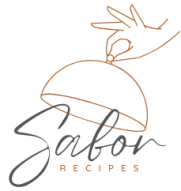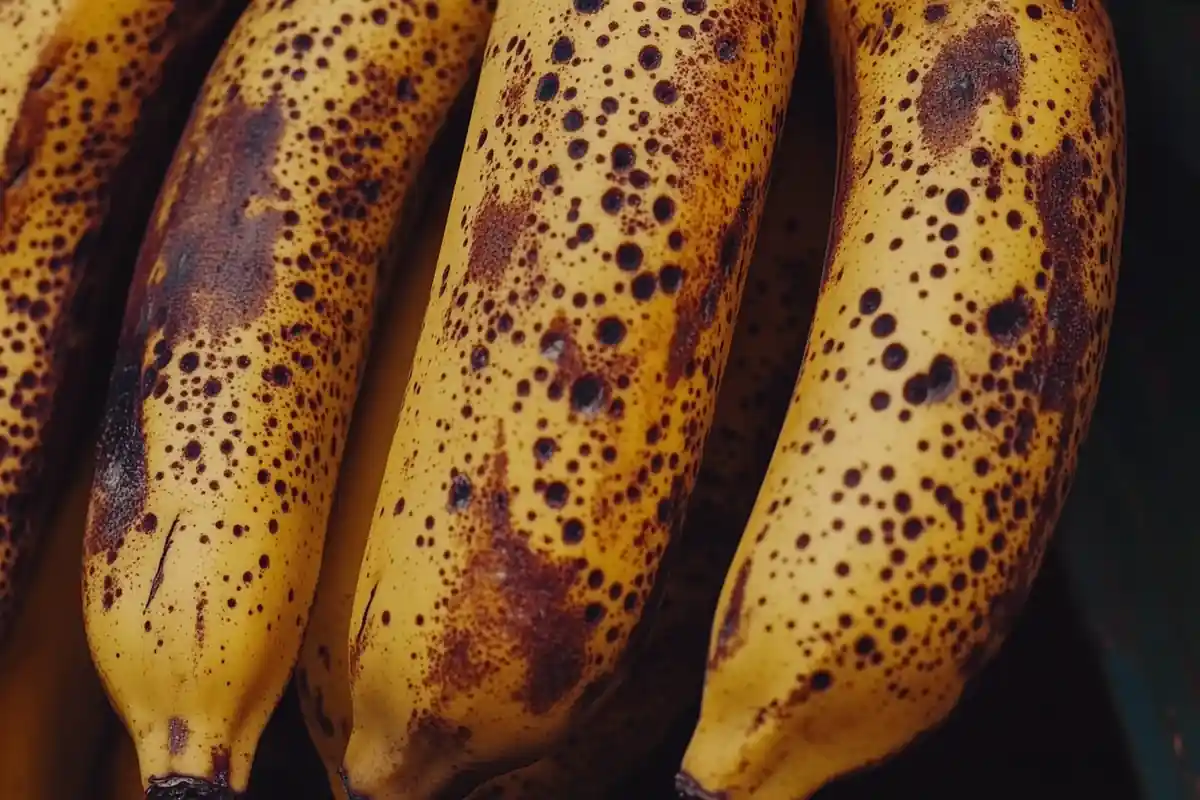Do you have to use ripe bananas that are very soft? This article explores the best ways to use these sweet fruits. Learn when these soft bananas work best and what happens if they’re not ripe enough.
Understanding the Role of Ripe Bananas
First, let’s talk about ripe bananas. They are a favorite snack for many people. Ripe bananas are yellow. They are easy to peel. Plus, they taste sweet and soft. However, when they get too ripe, they turn brown and mushy. Many think this means they’re bad. However, soft bananas are perfect for cooking and baking. The flavor changes as they ripen. Specifically, their sweetness intensifies as the starch converts to sugar. Thus, very ripe bananas have a very strong banana taste.
Why Overripe Bananas Are Great for Recipes
Soft bananas are indeed a treasure in the kitchen. As they ripen, bananas get softer. This makes them easy to mix into batters. Moreover, very soft bananas provide extra moisture to baked goods. The sweetness of these bananas also reduces the need for extra sugar. This can be helpful. Furthermore, using them helps reduce food waste. This is a smart and cost-effective practice. Therefore, don’t throw out your browning bananas. Instead, make delicious treats.
Different Stages of Banana Ripeness
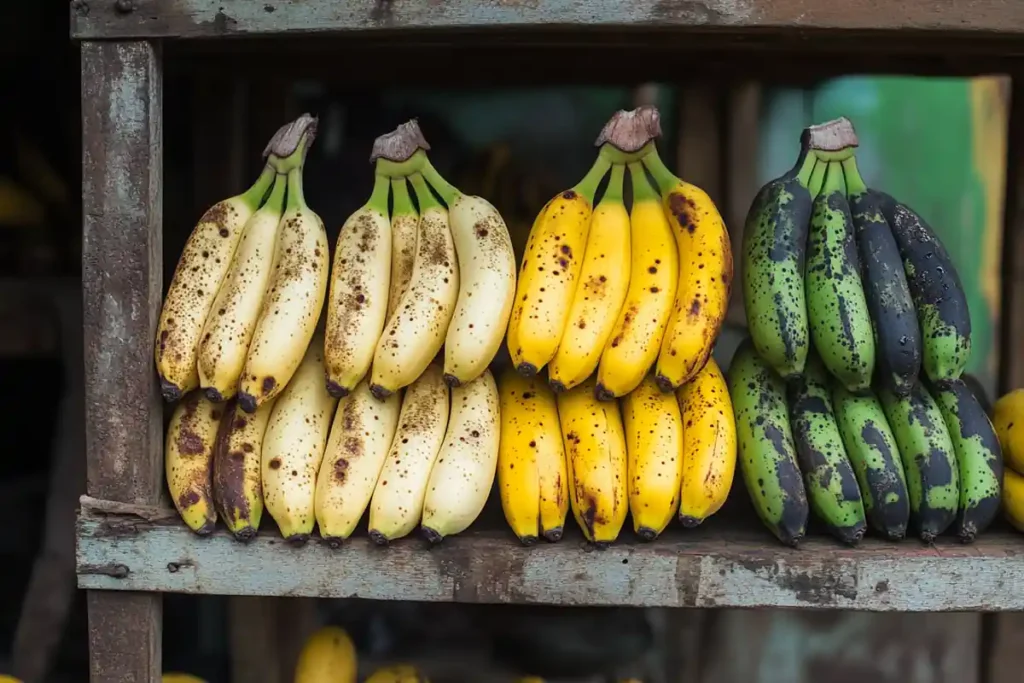
It’s important to understand different banana ripeness stages. Green bananas are hard. They are not sweet. These are not good for baking or eating raw. Yellow bananas are perfect for a snack. Additionally, they’re good for simple recipes that need a subtle banana flavor. However, very soft bananas, with their brown spots, are the best for rich, deep banana taste in baking. Finally, they are perfect for recipes that need extra sweetness. Therefore, learning to identify the different stages can improve your baking.
What Happens If You Don’t Use Ripe Bananas?
Using ripe bananas is important, especially for certain recipes. What happens if you don’t? Firstly, the taste will be different. Underripe bananas don’t have much sugar. As a result, they will not taste sweet in your baked goods. Secondly, they won’t be as soft. This makes it harder to mix them into batters properly. Therefore, if a recipe calls for ripe bananas, try to use them for better results. Furthermore, the texture will likely be drier and less pleasant without proper ripe bananas.
The Importance of Soft Texture
The soft texture of overripe bananas is significant for baking. Because ripe bananas are soft, they blend smoothly. This means no chunks in your batter. A smooth batter gives an even texture to cakes, muffins, and bread. Additionally, very ripe bananas make your baked goods moist. This prevents dry or crumbly results. Therefore, ripe bananas are crucial for both flavor and texture. Likewise, their soft consistency adds to baking success.
How to Use Less Ripe Bananas
However, what if you don’t have ripe bananas that are very soft? You can use slightly less ripe bananas in a pinch. First, try to mash them very well. Secondly, add a little extra liquid to the recipe. This might be milk or water. Additionally, make sure you have enough sugar to make up for the sweetness difference. Remember, it won’t have the same deep flavor as using very soft bananas. Nonetheless, you can still make delicious treats with these adjustments. Therefore, adjust your recipe for the available ripe bananas.
Recipes That Highlight Overripe Bananas
There are many ways to use soft bananas. They are great in cakes, breads, and muffins. They also work well in smoothies and pancakes. The extra sweetness they provide makes them perfect for treats. Accordingly, soft bananas are excellent for any recipe where you want a strong banana flavor. Let’s explore some specific ideas on how to best use very ripe bananas.
Classic Banana Bread Recipe Using Overripe Bananas
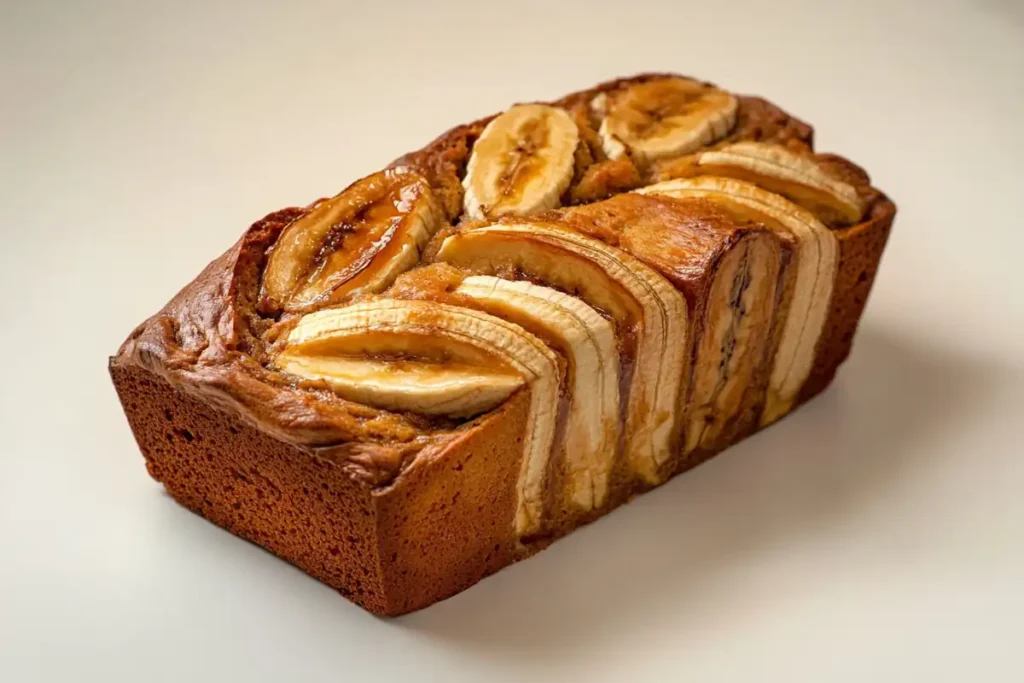
The classic banana bread is one of the best ways to use soft bananas. They provide both moisture and deep flavor. Therefore, the more brown spots on the peel, the better. This ensures the bread is soft and flavorful. Add some nuts or chocolate chips for variation. Moreover, the recipe is very easy to make. Soft bananas make all the difference in this classic treat. Additionally, this is an excellent way to avoid food waste. Indeed, this is a very popular treat, thanks to the use of very soft bananas.
Banana Muffins with Overripe Bananas
Banana muffins are another great way to use soft bananas. They’re fast and easy to make. Specifically, soft bananas add sweetness and moisture to each muffin. You can also use different toppings, like oats or cinnamon. Indeed, the ripe bananas flavor is perfect in these light muffins. Therefore, try this option for a great and simple treat. Furthermore, baking with very soft bananas helps make these muffins extra special. They are also wonderful for a quick snack or as part of a packed lunch, all thanks to their main ingredient.
Smoothie Boost Using Overripe Bananas
Very soft bananas are also perfect for smoothies. They add sweetness and creaminess. Indeed, using ripe bananas will make your smoothie healthier and more satisfying. They mix well with other fruits, yogurt, and even leafy greens. Accordingly, this makes a quick and easy breakfast or snack. Soft bananas in smoothies are a great option. Likewise, it is another good way to use them up. Using these bananas also reduces the need for other sweeteners.
Pancakes with Overripe Bananas
Another excellent way to use soft bananas is in pancakes. Ripe bananas make pancakes extra moist and flavorful. Simply mash them and add them to your usual pancake batter. You’ll have delicious, fluffy pancakes with a hint of banana. This is a great way to start your day with a treat. Furthermore, this option is simple and healthy. It also reduces food waste. Therefore, try soft bananas in pancakes for a unique twist.
Other Creative Uses for Overripe Bananas
Beyond the usual recipes, there are many other creative ways to use soft bananas. You can use them to make banana ice cream, also known as “nice cream.” Additionally, you can add them to oatmeal for extra flavor and sweetness. They’re also great in baked oatmeal recipes. Moreover, you can even use them in some savory dishes. Very ripe bananas can also be used in homemade baby food. Therefore, let your creativity flow when using soft bananas.
Safety Concerns with Overripe Bananas
Many people ask if soft bananas are safe to eat. The good news is they are generally safe. However, there are a few things to look for. Usually, brown spots on the peel are okay. This is just sugar developing. However, if the banana has mold or a bad odor, throw it away. Moreover, make sure to store your very ripe bananas properly. This prevents any potential issues. Therefore, most of the time these types of bananas are safe to use. Remember to always use your best judgment when deciding if ripe bananas are still suitable for consumption.
Recognizing When Overripe Bananas Are Too Far Gone
Even though soft bananas are good for baking, they can go too far. The main signs are mold and bad smell. Specifically, if your banana has visible mold, it’s not safe to use. The same goes for if it smells sour or rotten. Therefore, always use your senses to check them. Furthermore, it’s always better to be safe than sorry. Hence, discard any ripe bananas that show any of these negative signs. Pay attention to both visual and olfactory cues to ensure safety.
Proper Storage of Bananas
To make ripe bananas last longer, store them properly. Do not keep them in the fridge. Cold temperatures will make them turn brown faster. It is best to store them at room temperature. If they’re already very ripe, you may store them in the fridge. This slows down the ripening process. Accordingly, storing your ripe bananas properly will extend their shelf life. Furthermore, you can always freeze them to use later in baking and smoothies. This way, they’re ready whenever you need them.
The Impact of Temperature on Ripening
Temperature plays a key role in how fast bananas ripen. Warmer temperatures speed up the ripening process. Thus, bananas on a warm counter will turn soft quicker than bananas in a cooler spot. Therefore, if you want your bananas to ripen faster, leave them at room temperature. Conversely, if you want to slow down the process, keep them in a cool place. Knowing this, you can manage the ripening of your bananas to better suit your needs. Consequently, temperature control can help prevent waste of ripe bananas.
Freezing Overripe Bananas
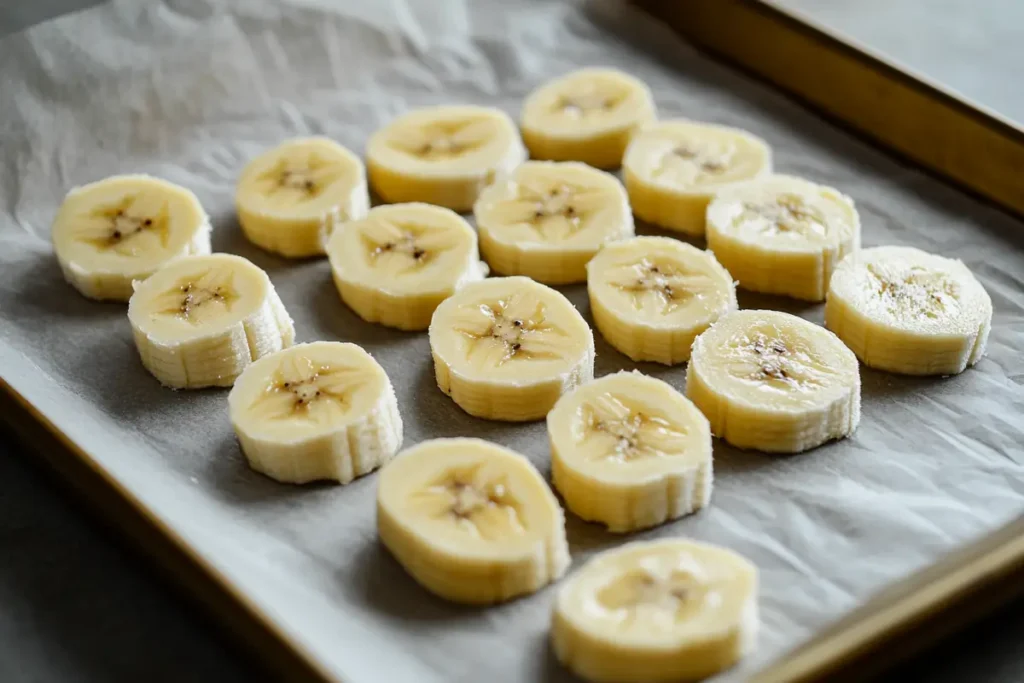
Freezing very soft bananas is a great option. This allows you to use them later. Peel them first. Then, place them in a freezer-safe bag or container. They will keep for months in the freezer. Therefore, you can always have ripe bananas for baking or smoothies. Frozen soft bananas are also great for making nice cream. This is a healthier alternative to traditional ice cream. Additionally, freezing them is a great method to reduce waste. You can use them whenever you are craving something sweet.
How to Freeze Overripe Bananas
Freezing soft bananas is easy. First, peel them. Next, slice them into rounds. Lay the slices on a tray lined with parchment paper. Freeze for a couple of hours. Once frozen, transfer them to a freezer bag. This prevents them from sticking together. Therefore, you can take out just what you need. Furthermore, this ensures your ripe bananas are ready for your recipes when you are. This method ensures they won’t stick together, which makes it easy to take out exactly the amount you need.
Using Frozen Overripe Bananas
Frozen soft bananas can be used right from the freezer. There’s no need to thaw them for smoothies. Just add them directly to the blender. For baking, thaw them slightly. This will make them easier to mash. Remember, they will be very soft after thawing. Nonetheless, the taste will still be amazing. Therefore, use your frozen ripe bananas in any recipe. You will have fantastic results. They maintain their flavor and texture remarkably well, making them a convenient choice.
Benefits of Using Overripe Bananas
Soft bananas offer many advantages beyond just taste and texture. They’re a great source of nutrients. They also help reduce food waste, and they’re cost-effective. Utilizing ripe bananas in baking and cooking is an easy way to get the most from this fruit. Therefore, consider them a valuable asset in your kitchen, not something to discard. Furthermore, their many benefits are worth considering.
Nutritional Value
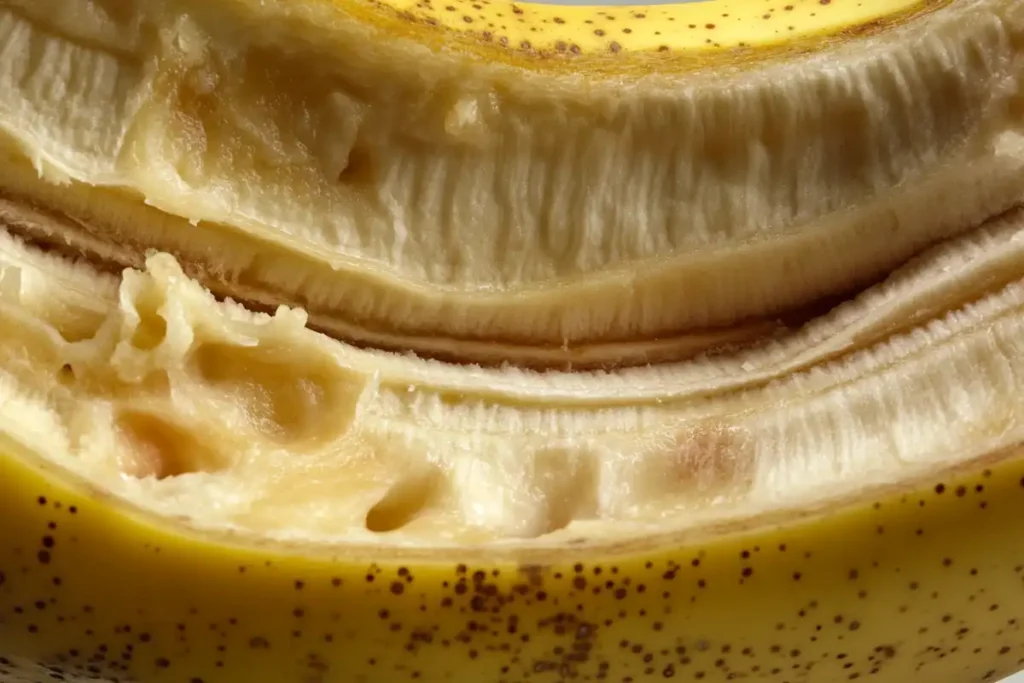
Soft bananas are very nutritious. They provide potassium, which is important for heart health. Also, they contain vitamins like vitamin B6 and vitamin C. These vitamins support your health. Furthermore, they are a great source of fiber. Fiber helps with digestion. Very soft bananas also have natural sugars that give you energy. Therefore, they are a healthy addition to your diet. Moreover, the sweetness helps to reduce the need for added sugars.
Reducing Food Waste
One of the biggest benefits of using very ripe bananas is reducing food waste. Many people throw away bananas when they become too ripe. However, very soft bananas are great for cooking and baking. Using them prevents food from going to waste. Additionally, it helps save money. Therefore, using ripe bananas is a great way to be environmentally conscious. This also helps make the most of your groceries.
Cost-Effectiveness
Using soft bananas is also cost-effective. It allows you to use fruit that you might otherwise throw away. Additionally, it reduces the need to buy more sweeteners. Furthermore, ripe bananas provide extra moisture, which can make your recipes more economical. Therefore, it’s a budget-friendly way to bake. This approach to baking is both sensible and delicious.
Frequently Asked Questions (FAQs)
Do you have to use overripe bananas?
No, you don’t have to use soft bananas. However, they add extra moisture and sweetness to baking. They are also easier to mash. Therefore, they’re best for recipes that need a strong banana flavor. Specifically, ripe bananas enhance the taste and texture of your baked goods.
What happens if you don’t use ripe bananas?
If you don’t use ripe bananas, your baked goods will have less flavor. Additionally, they might be drier and less soft. The taste of less ripe bananas will not be as sweet. Therefore, always try to use ripe bananas when a recipe requires them. Likewise, the result will be much better.
Is it safe to eat bananas that are brown on the inside?
Bananas that are brown on the inside are generally safe. This browning is often caused by ripening. However, if the banana is moldy or has a bad smell, it is not safe to eat. Always check for these signs before eating a very ripe banana. Therefore, use your senses when assessing the safety of ripe bananas.
Can you use unripe bananas for anything?
Unripe bananas are not ideal for baking or eating raw. They are not as sweet. Moreover, they have a hard texture. However, they can be cooked in savory dishes. Additionally, you can use them to make banana chips. Therefore, although less versatile, unripe bananas do have some culinary uses.
